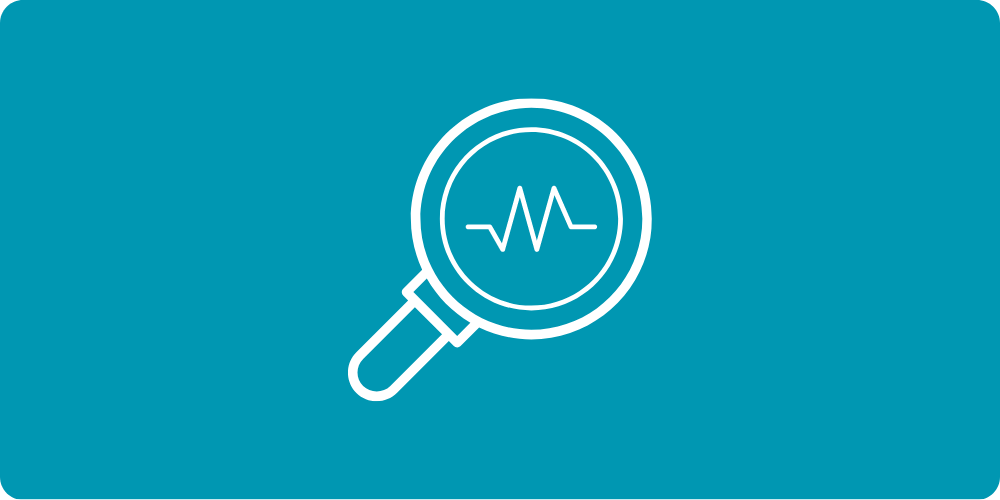Remote therapeutic monitoring (RTM) has various benefits for PTs. Discover how to implement RTM in your physical therapy practice.

The COVID-19 pandemic forced the healthcare industry to advance into telemedicine almost overnight, and now patient demand is driving those solutions to continuously involve and improve to better meet patient needs. Today, telehealth isn't reserved for isolated or quarantined patients but extended to all patients - many of whom choose remote services because of convenience and comfort.
Data continues to suggest that physical therapists desire the flexibility of remote work while patients desire remote healthcare options. The physical therapy practices that listen and respond to the needs of their therapists and patients - including this desire for remote treatment options - are the practices that will lead in market share in 2023 and beyond. In this case, the wait-and-see approach will leave you forfeiting market share and wishing your practice had adapted its service offerings sooner.
Let's discuss best practices for implementing remote therapeutic monitoring in your physical therapy practice.
In short, remote therapeutic monitoring (RTM) refers to the use of technology to communicate with, monitor, and treat patients at a remote location. RTM plays a critical role in physical therapy: it improves patient adherence and patient outcomes, allows therapists to monitor progress more closely between appointments, improves accessibility, and is more convenient, flexible, and cost-effective than in-person physical therapy.
The earliest form of remote physical therapy was referred to as remote patient monitoring, or RPM, and involved measuring basic patient demographics from a distance between face-to-face appointments. RTM advances that service by measuring additional data points, like pain level and adherence to medication regimens, and allows the practice to bill for the full range of services they provide to remote clientele. Using remote therapeutic monitoring in combination with secure video conferencing, patients may never need to visit your office.
If your physical therapy practice still needs to implement RTM services, implementing them by the end of 2023 will be imperative to remain competitive and meet the needs and expectations of your patient population. Implementation best practices include clearly communicating the goals of remote therapeutic monitoring with the patient, using secure video conferencing for therapy sessions, providing patients with clear instructions on home exercise, using remote monitoring tools, and utilizing RTM CPT codes.
When a patient first enters remote therapeutic monitoring, it's essential to clearly communicate the remote therapy process to the patient, including therapy goals, the expected frequency of sessions, and how their progress will be tracked. Be sure to share what you expect from the patient and what they can expect from you to achieve their treatment goals. Aligning expectations early improves patient satisfaction and outcomes.
Your existing business videoconferencing platform will need a revamp to function as a platform for patient appointments. It's crucial that you use a secure video conference platform for remote therapy sessions to comply with HIPAA regulations and ensure the privacy and security of patient information. Some video conferencing platforms offer a secure clinical version in addition to a business version. Whatever the solution, take special care to ensure 1) it meets stringent HIPAA guidelines and 2) it's user-friendly for your target demographic.
Physical therapists should provide patients with detailed instructions and demonstrations of exercises they can do at home, along with resources and patient education to help manage their condition(s) at home. Patients need to know the following:
It's also important to share what level of pain or discomfort is acceptable as they complete their home exercises to prevent further injury and ensure stretches and exercises are productive.
Without remote monitoring tools, patients are at high risk of non-compliance and related complications. PTs should use remote monitoring tools like wearables or apps to track patient progress and ensure patients adhere to their treatment plans. This information can be used to adjust treatment plans as needed and report progress to the patient and other healthcare team members. Patients who consistently struggle with adherence may need to move to an in-person treatment model.
Not having an appropriate CPT code can limit innovation in healthcare, but CMS recently released CPT codes to encompass the work associated with remote therapeutic monitoring, removing barriers for practices ready to implement. PTs should be familiar with the CPT codes that are used for remote therapeutic monitoring - including the new RTM codes - to ensure they are billing correctly for remote therapy services.
While remote therapy services were initially critical for treating patients exposed to or diagnosed with COVID-19, offering remote services has become the standard of care. Patients will begin considering whether RTM is offered when they choose a physical therapist. Additionally, RTM improves patient outcomes by offering cost-effective, convenient, flexible treatment with closer patient monitoring to drive adherence to the treatment plan.
PTs who embrace remote therapeutic monitoring will gain an edge over their competitors, improve patient satisfaction, and improve patient outcomes. Mastering the CPT codes assigned to these services is crucial for receiving payment for the services rendered.
When you choose an all-in-one solution like MWTherapy, you get access to everything you need in one place, from a secure videoconferencing platform to training on CPT codes and remote monitoring tools - making implementation seamless for your team and your patients. To learn more about the prescriptive, proven implementation of RTM in your practice, request a no-pressure demo with transparent pricing from MWTherapy today.